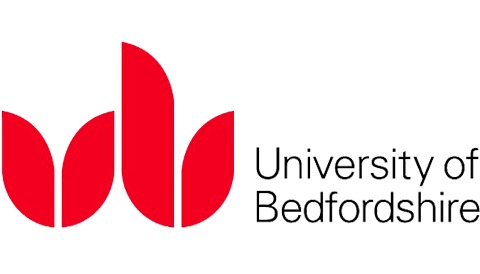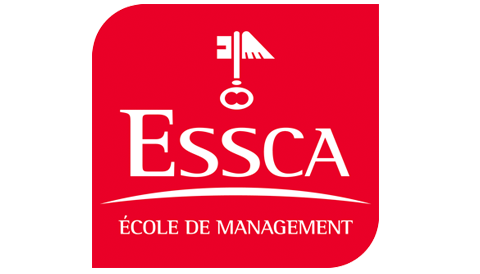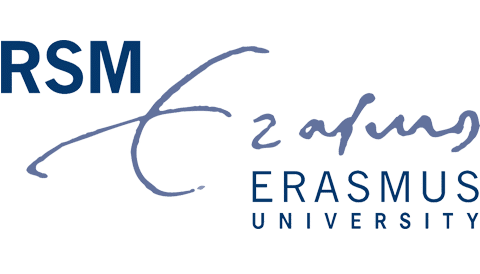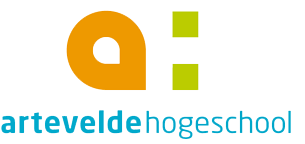Lean Six Sigma courses in Africa
Open Enrolment and In-company
Universities with which we collaborate The Lean Six Sigma Company collaborates with multiple Universities across the world. Go for our online starter pack Le Starterpack Lean Six Sigma en ligne pour 475€ TVA comprise Worldwide institute Lean Six Sigma is a proven methodology aimed at improving productivity, increasing customer satisfaction and reducing operational costs. Our focus is on teaching organisations and its employees the practical application of Lean Six Sigma. (What is Lean Six Sigma?) The Lean Six Sigma Company is World’s leading provider of Lean Six Sigma training. We support both organisations and individual delegates in their ambition to continuously improve processes. Furthermore, we guide organisations in their ambition to improve customer satisfaction and reduce operational costs. Our services Open-Enrollment Lean Six Sigma courses On-site Lean Six Sigma Courses Coaching for Business Licensing model Countries in which we are active What is your Lean Six Sigma certificate worth? Lean Six Sigma Courses Open enrolment and in-company We offer a host of Lean Six Sigma courses enabling you to become a specialist in the area of continuous process improvement. Our courses provide an excellent opportunity for personal development and Lean Six Sigma certification can greatly improve career prospects. The Lean Six Sigma Company organizes Lean Six Sigma training in all African countries through an open registration system in Tunisia, Morocco, Algeria, Libya, Mauritania, Ivory Coast, Senegal, Benin, Mali, Gabon, Guinea-Bissau, in Equatorial Guinea, Ethiopia, Cameroon, Burkina Faso, Djibouti, Guinea, Madagascar, Niger, Central African Republic, Democratic Republic of Congo, Republic of Congo, Rwanda, Chad, in Togo, Mauritius, Comoros, Angola, Sudan, Ethiopia, South Africa, Ghana, Nigeria, Botswana, Namibia, Kenya, Uganda, Zambia, Zimbabwe, Egypt , We also support organizations in their ambition to increase customer satisfaction and reduce their operational costs. Which course suits you best?Let the prospectus help you find the perfect course for you or contact us for our professional opinion.Prospectus Four reasons to choose us In the 90s organisations were applying either Lean or Six Sigma. In 2002, the first literature about combining the methodologies was published. The Lean Six Sigma Company was founded in June of that year and our founders strongly believe in the benefits of combining Lean and Six Sigma. A lot has changed since 2002. Today Lean cannot be imagined without Six Sigma any longer and globally a large community has emerged which focuses on the combined methodologies. Over the past 16 years, thousands of professionals and hundreds of companies have realised their Lean Six Sigma ambitions through our courses and certification. 1) Internationally accredited and recognised certification Our Lean Six Sigma courses are acknowledged internationally. we are, to this day, the only provider with an official Postgraduate accreditation for the Black Belt training (The Netherlands and Belgium). The Lean Six Sigma Company provides courses in the United Kingdom, Canada, France, Germany, Switzerland, Italy, The Netherlands, Belgium, Ireland, Serbia, Slovenia and Spain. Content of the courses is in accordance with international standards (ISO18404 and ISO13053) Our courses are provided in English, French, Spanish, German, Italian and Dutch. 2) Continuously improving our courses “Practice what you preach” and we preach quality. Spearheaded by our Master Black Belts, training courses are continuously improved. Having experience with hundreds of organisations, we have examples from virtually every industry. Historically Lean Six Sigma has its roots in the manufacturing industry. Many of our Master Black Belts were certified by manufacturing companies such as General Electric, Toyota, RioTinto, DuPont and Avery Denison. In addition, we have worked with many transactional businesses ranging from financial services to healthcare. We have developed specific training programmes for service-oriented industries. Having such a large network of Master Black Belts, we pride ourselves in the depth of the knowledge available. Monthly, Master Black Belt meetings are organised to share experiences and exchange latest developments. Bi-annually knowledge sharing events take place throughout Europe to ensure we provide the best training sessions that meet market requirements taking the latest trends into account. 3) From learning objectives to exams Naturally, the content of a course is extremely important but we believe the teaching methods employed are of equal importance. We have invested substantially in developing appropriate learning methods. The content of the course is laid down in well-defined learning objectives in the Body of Knowledge for each separate course. Starting point was to classify the learning objectives according to the six different levels of knowledge complexity (Bloom’s taxonomy). 1) Memorise Using a pedagogical matrix developed especially for The Lean Six Sigma Company, the learning objectives and corresponding knowledge complexity were translated into specific teaching methods. As a result, depending on the subject matter, different teaching methods will be employed. This leads to interactive course days full of examples and practical exercises rather than a dry and lengthy powerpoint lecture. 4) Focus on practical applicability It is our mission statement Lean Six Sigma professionals we have certified can make a valuable contribution to continuous improvement initiatives upon passing their exam. Focus is on being able to ask the right questions and find the right tools required to provide the answers. The ability to apply Lean Six Sigma tools in practice is what we focus on, without losing sight of the theory behind Lean Six Sigma methods and tools. We are proud of many of our certified Lean Six Sigma professionals who have been able to make a substantial impact either academically or in their working environment. Certified






Lean Six Sigma Starterpack
2) Understand
3) Apply
4) Analyse
5) Evaluate
6) CreateISO 9001